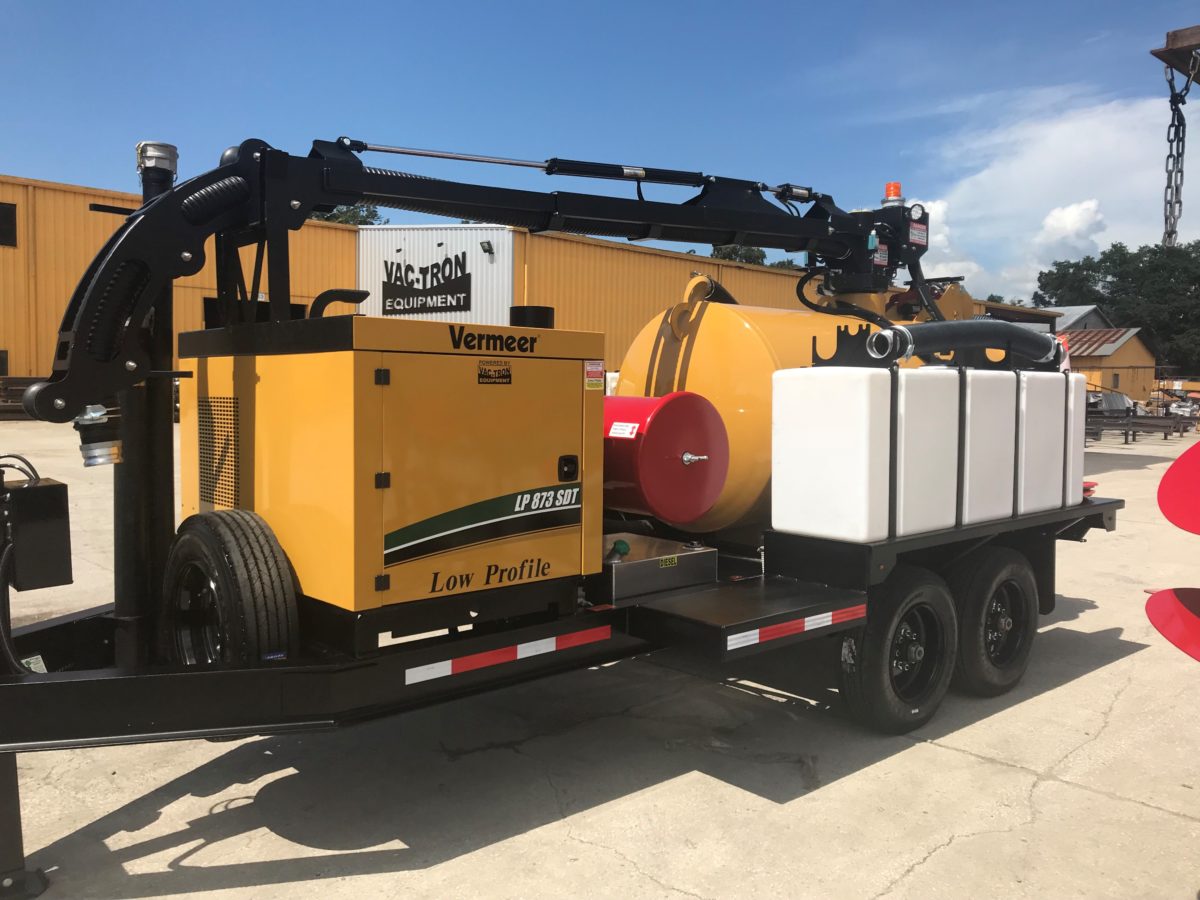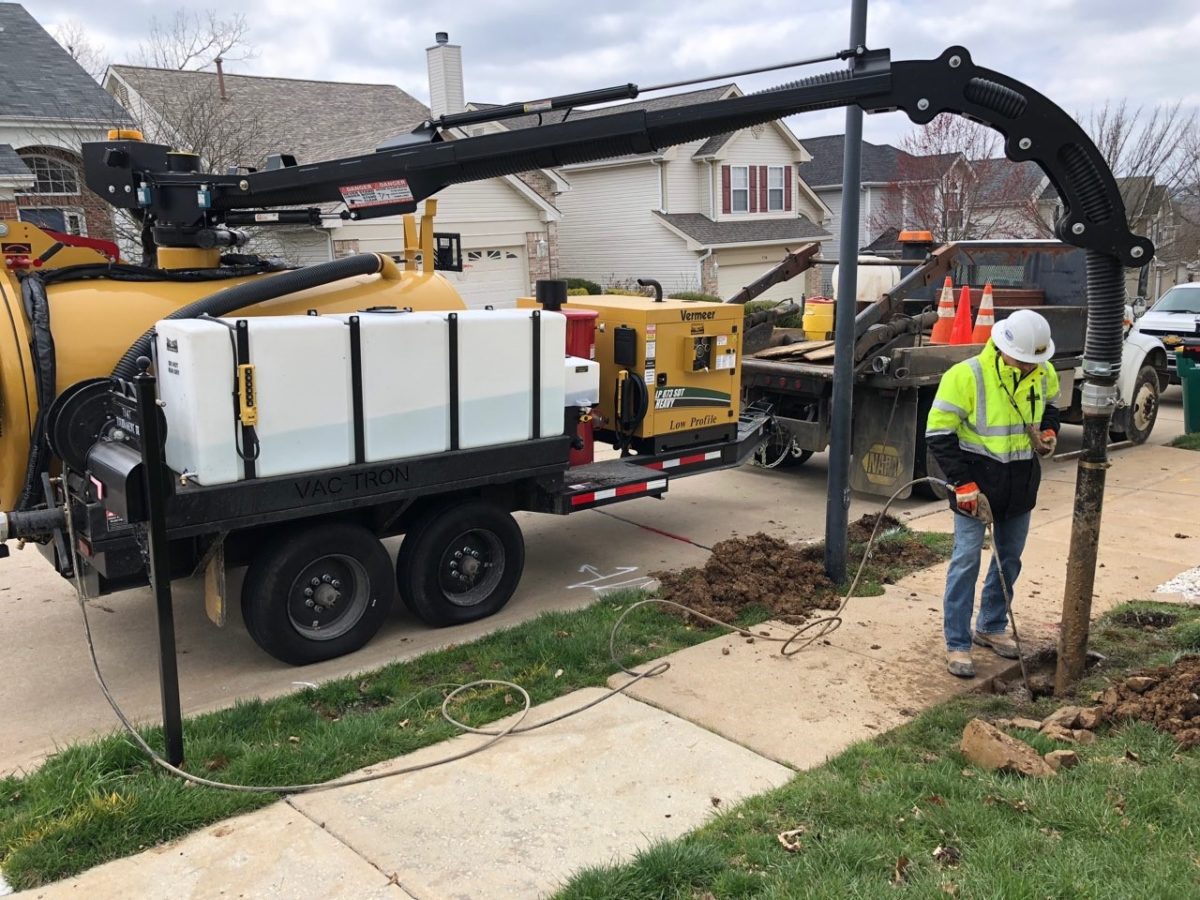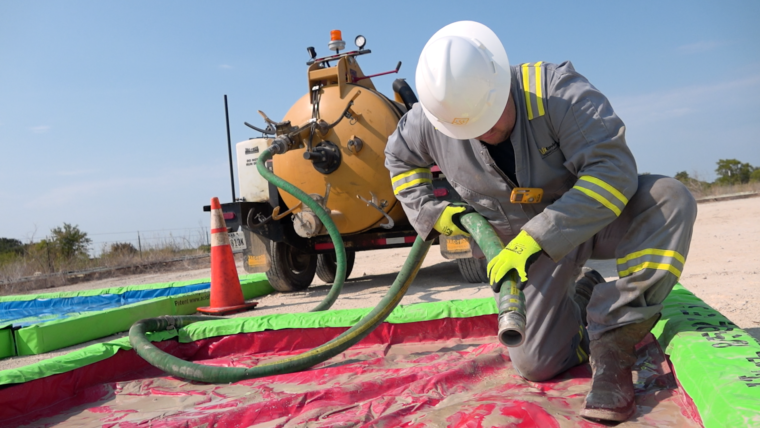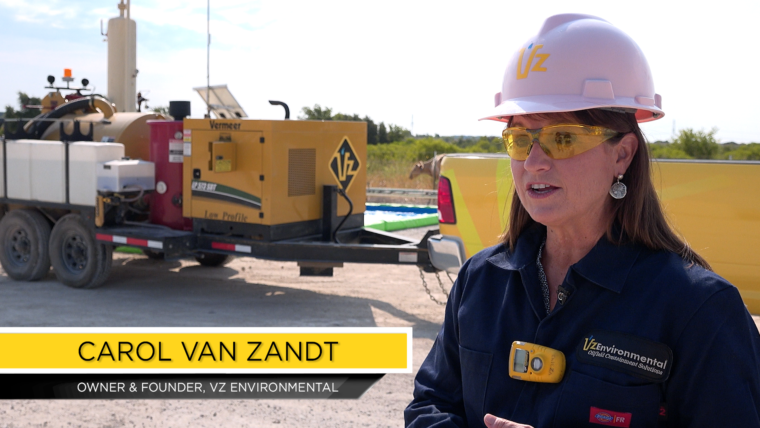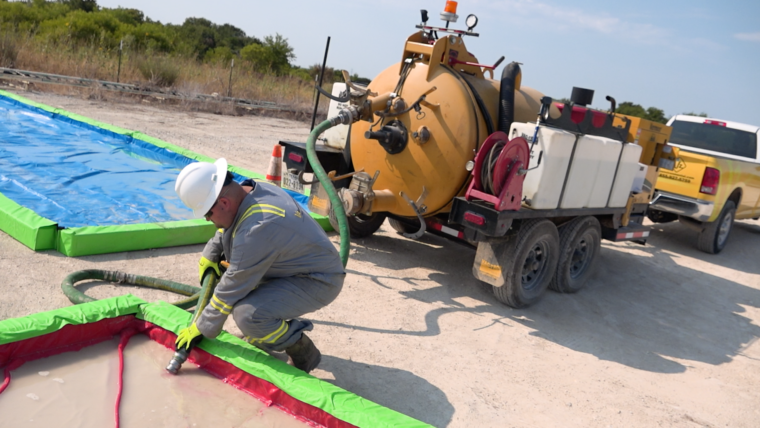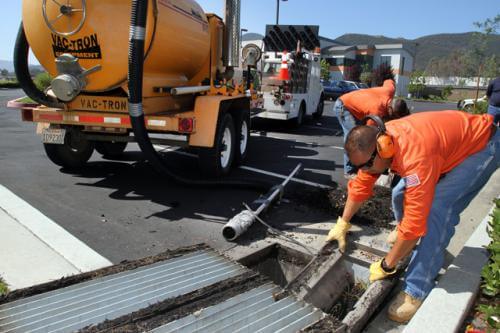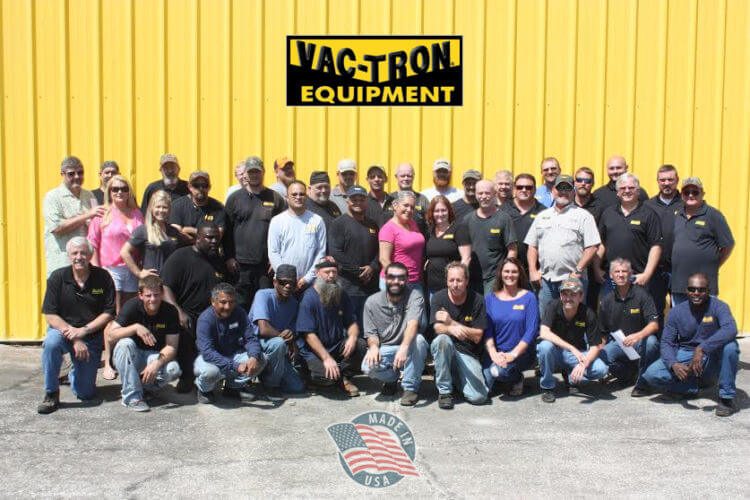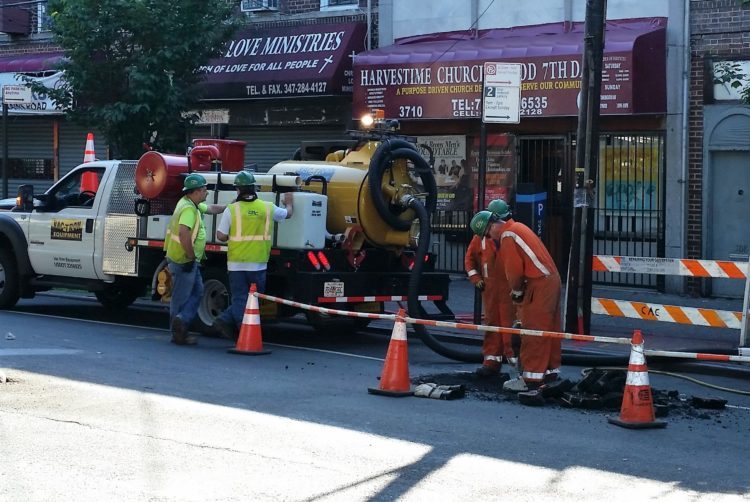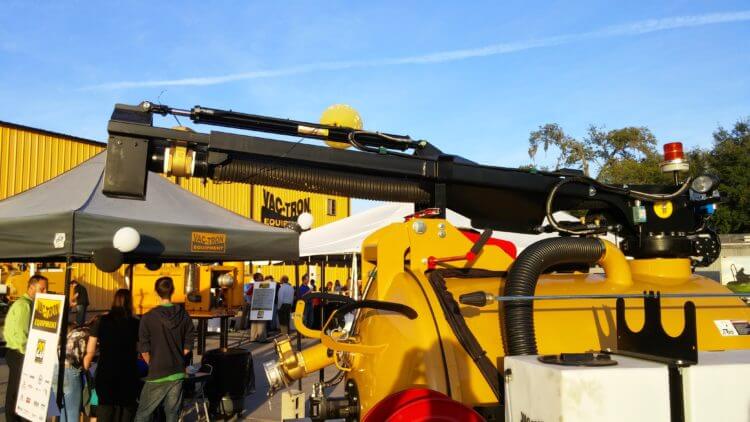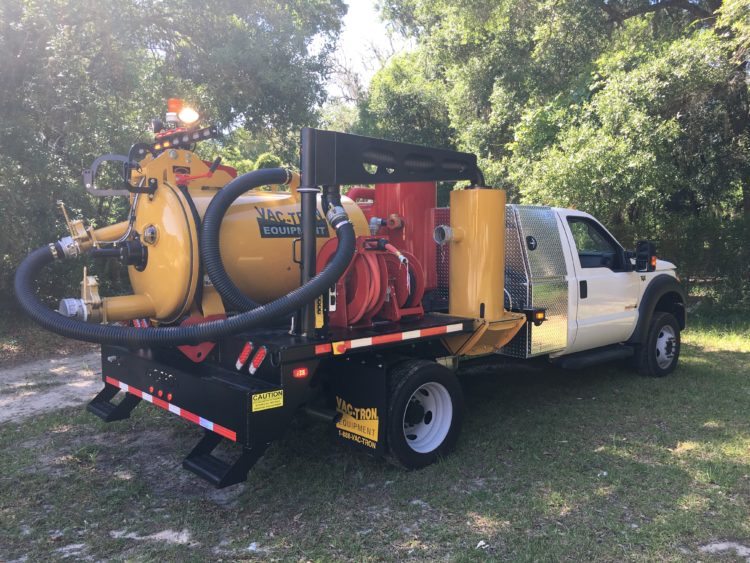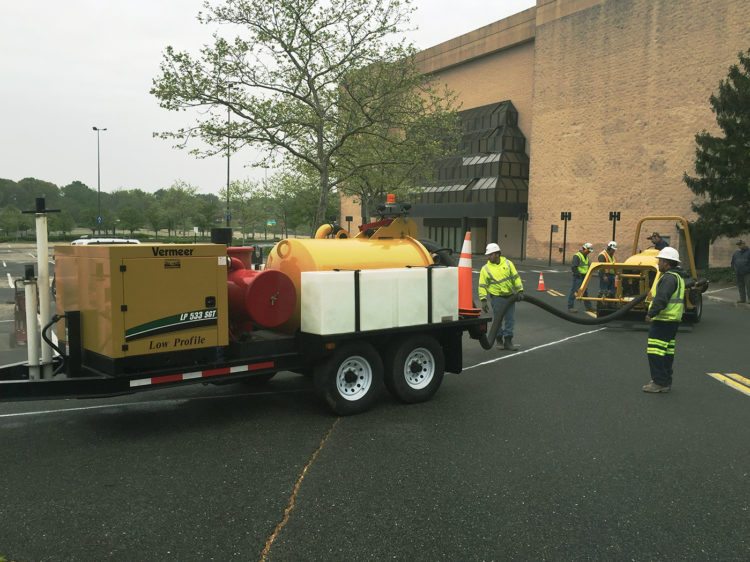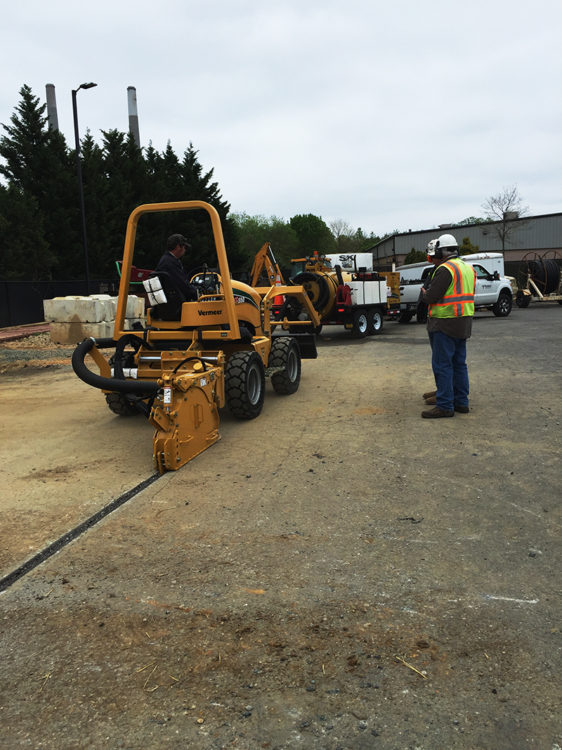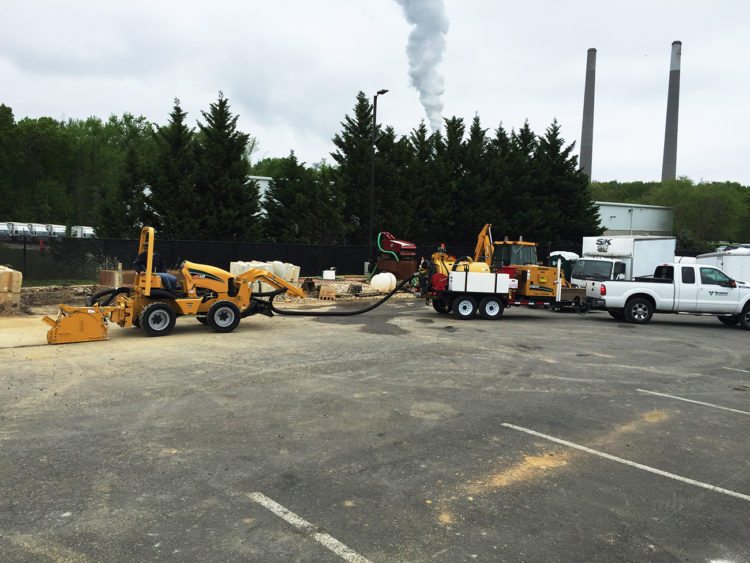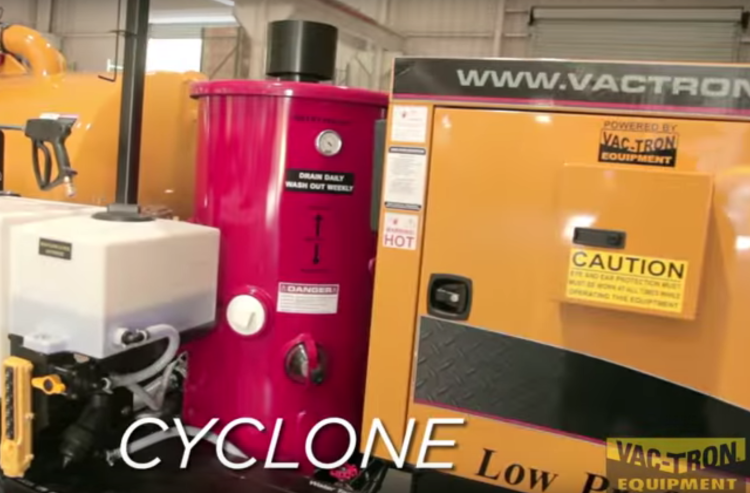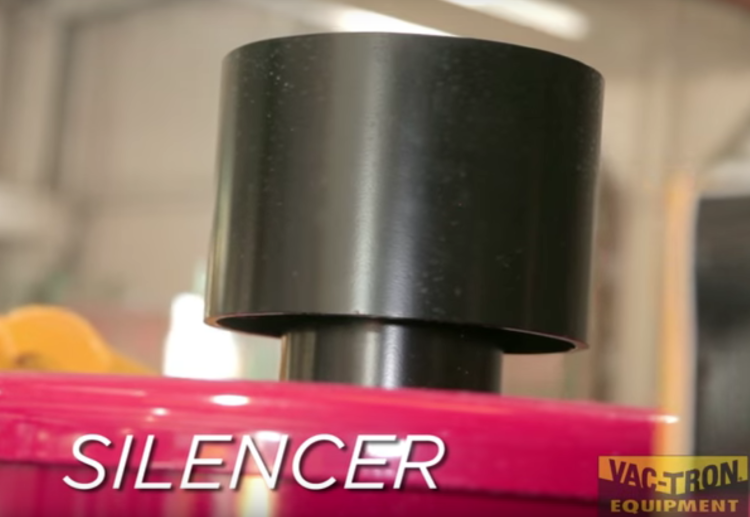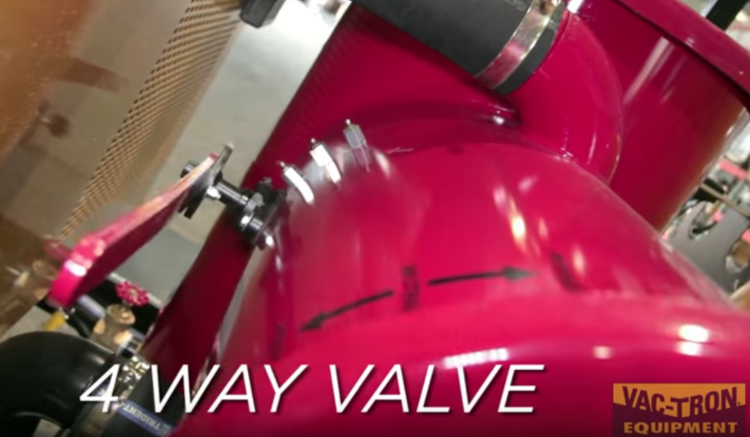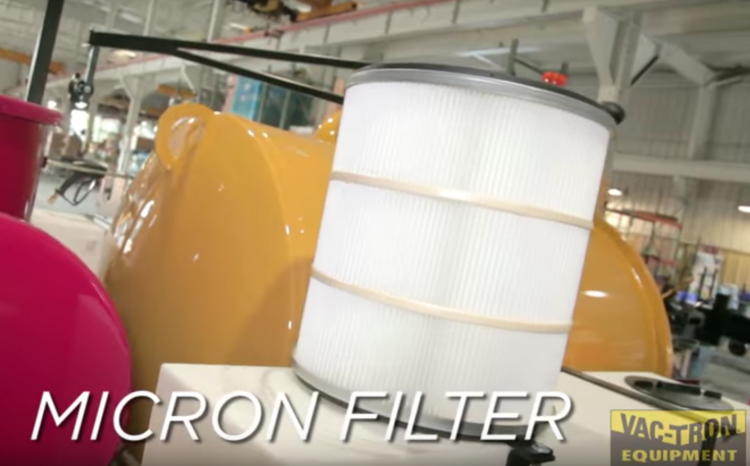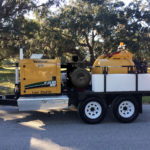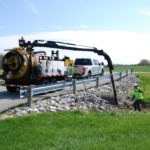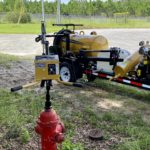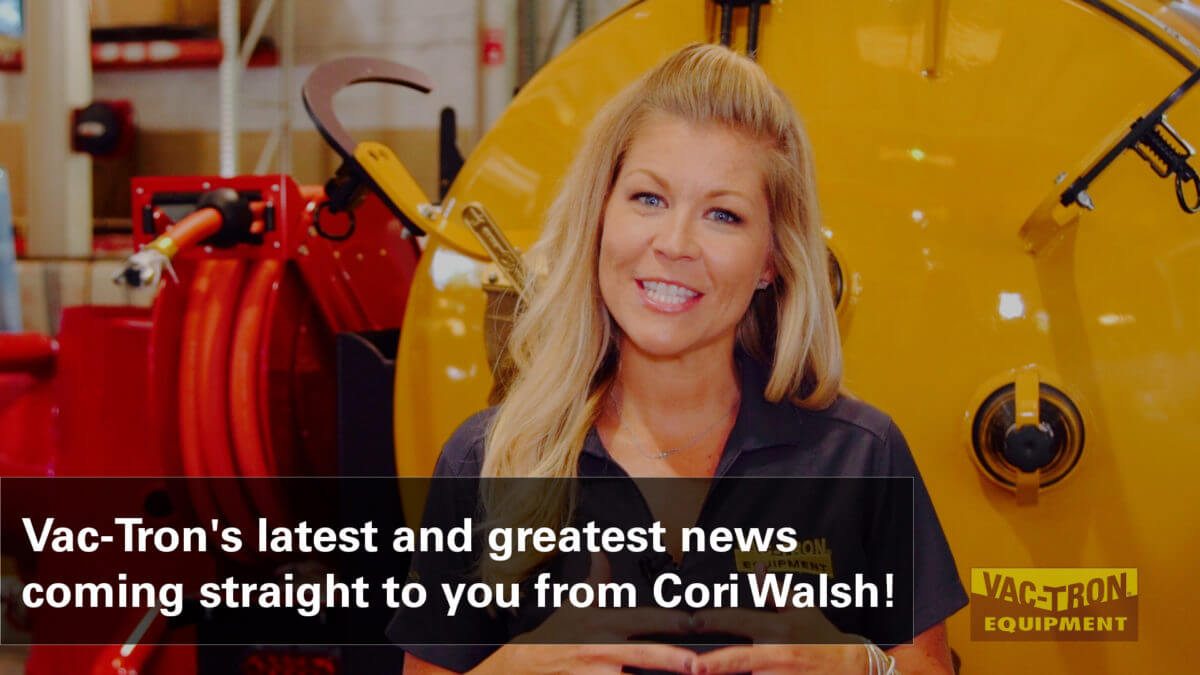When it’s time for you to add a new vacuum excavator to your fleet, you’ll likely spend time reviewing equipment specifications to determine the right machine for your needs. With all of the different specs outlined in product brochures, you may have a few questions about what it all means. More importantly, how do you know which key specs to pay attention to?
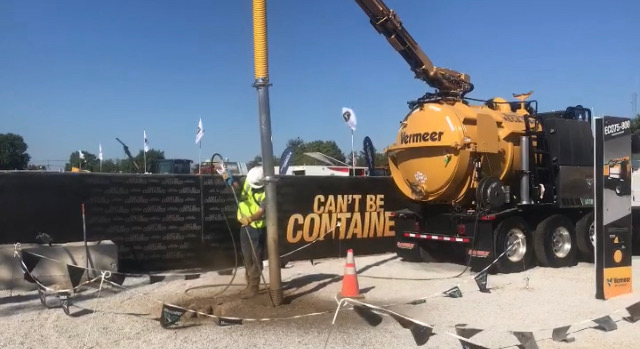
According to Brian Showley, director of sales for Vermeer MV Solutions, you can learn a lot about a vacuum excavator’s performance capabilities by its hose size. “Vacuum excavator hoses can tell a contractor a lot about the volume of air being moved by the vacuum pump — typically referred to as vacuum CFM (cubic feet per minute),” he said. “Hose diameter sizes can also help a contractor determine a unit’s mercury level and onboard horsepower.”
Performance specs
When comparing one vacuum excavator with another, start by choosing units with the same hose size. From here, you can dive deeper into the specs by comparing vacuum CFM numbers. Showley said that many manufacturers offer different vacuum pumps in each hose size, especially on smaller models. “Not every contractor is using vacuum excavators to do the same thing or in similar soil conditions. It would be overkill for a contractor who only needs to suction drill slurry to invest in a high CFM model if they don’t intend to pothole. On the other hand, many contractors who are potholing utilities want the most compact machine available to maneuver in confined areas, which is why they would seek out a small-hosed, high CFM model.” he explained.
To achieve higher CFM capacities, larger, more powerful engines must be used. Higher horsepower engines will deliver more torque to the vacuum and water pumps to give you higher mercury levels (suction) and pounds per square inch.
Showley said that contractors should also note a vacuum excavator’s mercury level to ensure its high enough to accommodate their needs. “Mercury levels should be thought of like drinking water from a glass. The length and diameter of a straw makes a big difference. A normal straw doesn’t require a lot of effort, but if someone were to swap it out with a garden hose, it would be almost impossible to suck the water up. The same holds true with vacuum excavators: much less effort (horsepower) is required to suction material at short distances and depths. While longer depths, distances or diameters require more effort.”
All of the specs outlined to this point should be viewed as performance-related specs. Hose size, vacuum CFM, mercury levels, water pump capacities and engine horsepower are all connected and will ultimately tell you to what a vacuum excavator is capable of. Now, you need to move on to capacities.
Tank capacities
Spoil and water tank capacities do not have any impact on how a machine will perform, but they will have an impact on how long you can stay on a job and the costs to transport it.
Most manufacturers will offer spoil tank capacities starting at around 300 gallons up to 2,000 gallons. Showley explained that tank sizes should be matched with the application. “Crews mainly doing pothole work don’t need large tank capacities because they will likely use up their water tank reserves around the same time the spoil tank is filled,” he said. Higher capacity tanks are usually found supporting horizontal directional drill (HDD) crews so they can go longer between dump cycles. However, contractors need to make sure they don’t go too high and exceed Department of Transportation (DOT) weight restrictions.”
Water tank capacity needs are also tied to how a vacuum excavator is being used. Crews need more water when potholing and very little, if any at all, when supporting a drilling crew. “While there are many vacuum excavator models on the market that do not have a high-pressure hose, I always encourage contractors to consider purchasing one with water capabilities,” explained Showley. “A high-pressure washer is handy for cleaning equipment and the spoil tank. It also helps maintain a high residual value for anyone looking to upgrade their system in the future.”
Other specs
A few other specs you may want to browse through include a unit’s weight and measurements, as well as the optional accessories a manufacturer offers for a particular machine. All of these fine details can help you when it’s time to add or upgrade.
When it is time for a new vacuum excavator, you don’t have to go at it alone. Your local Vermeer MV Solutions dealer can help make sense of all the specs and help you determine which model best matches your needs. You can also visit mclaughlinunderground.com and vactron.com to see all of the current Vermeer MV Solutions Vacuum excavator models available.




